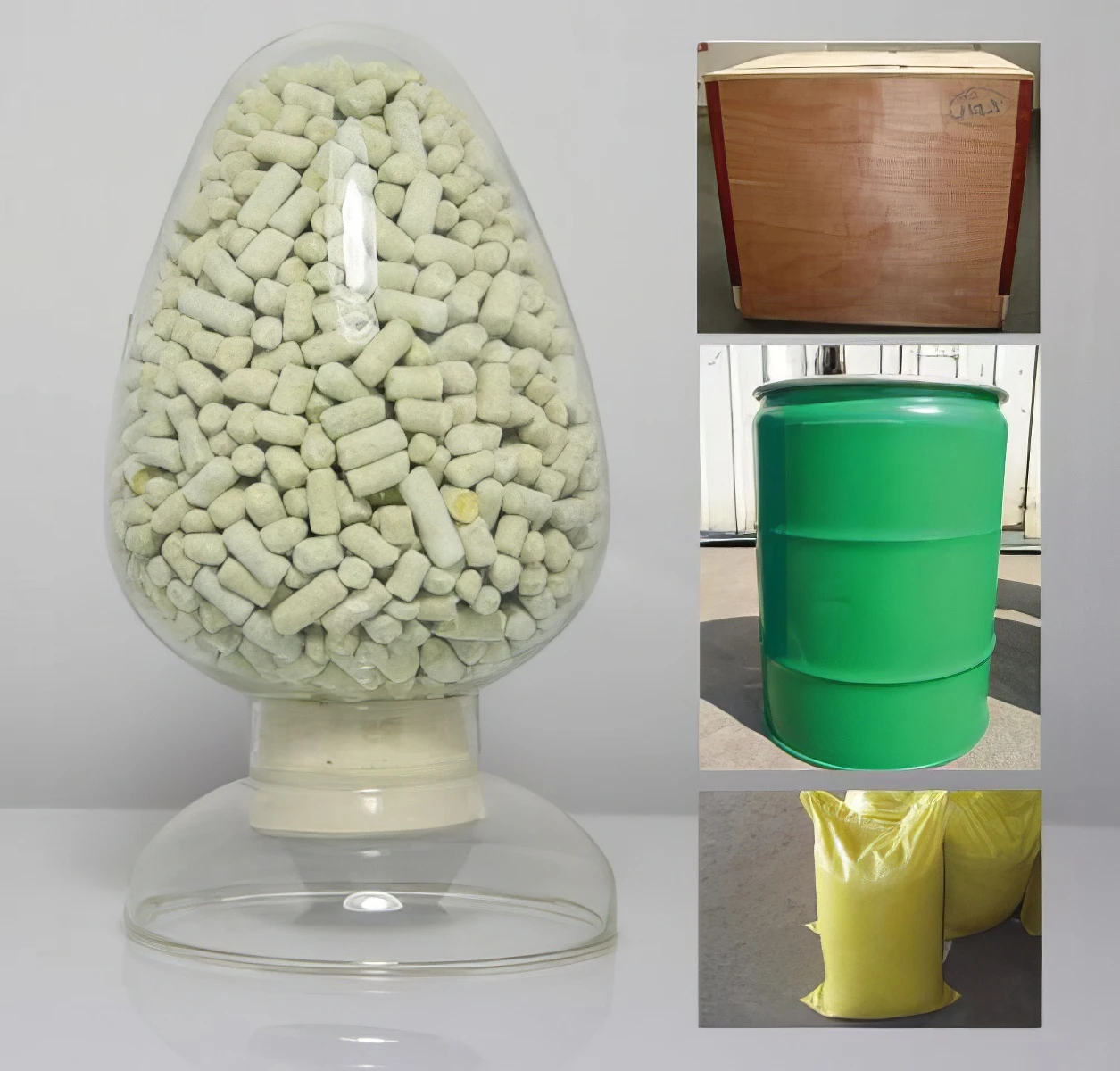



Safety Data Sheet for 1N Sodium Hydroxide Preparation and Handling Guidelines
Safety Data Sheet (SDS) for 1N Sodium Hydroxide
Introduction
Sodium hydroxide, commonly referred to as caustic soda or lye, is a highly versatile and widely used chemical. In its 1N (Normality) form, it is often utilized in various industrial applications, including pH regulation, chemical synthesis, and the manufacture of soaps and detergents. As with any chemical, understanding the safety implications and handling protocols is essential for protecting health and the environment. This article provides an overview of the Safety Data Sheet (SDS) for 1N sodium hydroxide, which includes important details about its properties, hazards, handling recommendations, and emergency procedures.
Chemical Identification
- Product Name Sodium Hydroxide - Chemical Formula NaOH - CAS Number 1310-73-2 - Concentration 1N - Uses pH adjustment, cleaning agents, chemical manufacturing, and laboratory applications.
Hazards Identification
1N Sodium hydroxide is classified as a hazardous substance. It can cause severe burns and damage to tissues upon contact. Here are the primary health hazards associated with sodium hydroxide
- Skin and Eye Contact Direct contact can result in severe burns and permanent eye damage, including blindness. - Inhalation Inhalation of sodium hydroxide mist or dust can cause respiratory irritation and damage to the mucous membranes. - Ingestion Ingesting sodium hydroxide can lead to serious internal injuries and chemical burns to the digestive tract.
The SDS categorizes sodium hydroxide as a corrosive material and emphasizes the importance of using appropriate personal protective equipment (PPE) when handling it.
Composition/Information on Ingredients
- Substance Sodium Hydroxide - Concentration 1N solution
First-Aid Measures
In the event of exposure, prompt first aid is crucial
1n sodium hydroxide sds

- Skin Contact Immediately flush the affected area with plenty of water for at least 15 minutes. Remove contaminated clothing and seek medical attention. - Eye Contact Rinse eyes immediately with running water for at least 15 minutes. Seek immediate medical assistance. - Inhalation Move the affected person to fresh air and provide oxygen if breathing is difficult. Seek medical help if necessary. - Ingestion Do not induce vomiting. Rinse mouth and seek medical attention immediately.
Fire-Fighting Measures
Sodium hydroxide is non-flammable; however, it can react with certain acids and moisture to produce heat. In case of a fire in the vicinity, appropriate measures include
- Extinguishing Media Use water spray, foam, dry chemical, or carbon dioxide. - Protective Equipment Firefighters should wear suitable protective gear, including self-contained breathing apparatus (SCBA).
Handling and Storage
When working with 1N sodium hydroxide, it is essential to follow specific handling and storage guidelines
- Handling Always wear appropriate PPE, including gloves, goggles, and lab coats. Work in a well-ventilated area or use a fume hood. - Storage Store in a cool, dry place, away from incompatible materials such as acids and organic compounds. Ensure containers are properly labeled and secure.
Exposure Controls/Personal Protection
Employers should implement engineering controls to minimize exposure risks. Personal protective equipment (PPE) is vital, including
- Gloves Chemical-resistant gloves (e.g., neoprene, rubber). - Eye Protection Safety goggles or face shields. - Clothing Lab coats or aprons made of resistant material.
Conclusion
1N sodium hydroxide is a powerful chemical with numerous applications across industries. However, its corrosive properties necessitate careful handling and strict adherence to safety protocols. Understanding the information contained in the Safety Data Sheet is critical for ensuring safety in environments where sodium hydroxide is present. By following proper safety guidelines, hazards can be minimized, allowing for safe and effective utilization of this essential chemical. Always consult the SDS before handling chemicals to ensure compliance with safety standards and to protect both personal health and the environment.
-
Why Sodium Persulfate Is Everywhere NowNewsJul.07,2025
-
Why Polyacrylamide Is in High DemandNewsJul.07,2025
-
Understanding Paint Chemicals and Their ApplicationsNewsJul.07,2025
-
Smart Use Of Mining ChemicalsNewsJul.07,2025
-
Practical Uses of Potassium MonopersulfateNewsJul.07,2025
-
Agrochemicals In Real FarmingNewsJul.07,2025
-
Sodium Chlorite Hot UsesNewsJul.01,2025










